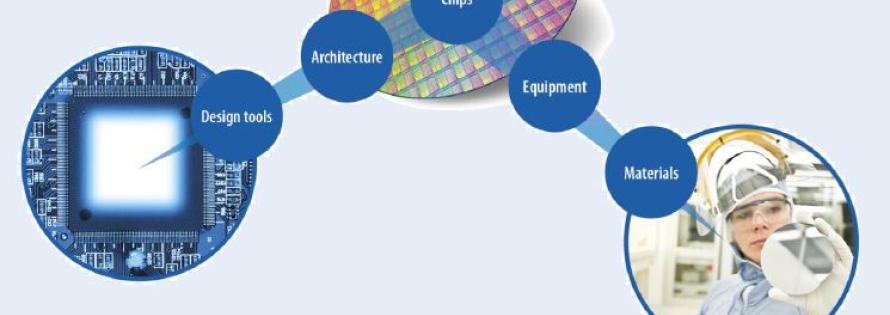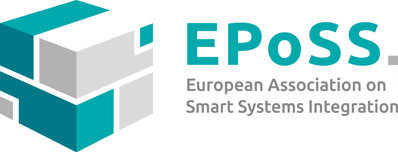
An electronics strategy was adopted in May 2013, which aims to maintain Europe at the leading edge in the design and manufacturing of micro and nanoelectronics, and to provide benefits across the economy.
The strategy will facilitate industry investments of 100 billion euros and help create 250,000 jobs in Europe up to 2020. In order to achieve these goals, the strategy proposes:
- to build a European industrial roadmap to be implemented through investments by the EU, Member States and regions;
- to set up a Joint Technology Initiative to support R&D&I actions in micro and nanoelectronics under Horizon 2020;
- to implement flanking measures to strengthen Europe's competitiveness (including progress towards a level playing field on state aid, support to business development and SMEs, and actions addressing the skills gap).
The objective is to reverse the decline of Europe's share of the supply of micro and nanoelectronics and ensure in a decade from now a level of production in the EU that is more in line with the size of its economy. The proposed strategy in consonance with the Key Enabling Technologies (KETs) initiative approach.
Moreover, five research projects ("pilot lines") have been jointly set up by the EU, Member states and European industry to reinforce European manufacturing competitiveness.
The strategy includes three key actions regarding:
1. Building a European industrial roadmap for Europe
We will prepare the ground for industry to team up along the value chain and to develop and regularly update the roadmap. Member States and regional authorities will work individually and/or collectively with the European Union including through a new Joint Technology Initiative (see below) and the EUREKA initiative. The use of regional Structural Funds including through Smart Specialisation and of financial instruments foreseen under European Structural Investment Funds (ESI Funds) is equally targeted.
2. A Joint Technology Initiative for electronics in Europe: ECSEL
At the core of the strategy is the creation of ECSEL, a Joint Technology Initiative to combine resources at project level in support of cross-border industry-academia collaborative R&D&I. ECSEL will replace the two existing Joint Undertakings on embedded computing systems (ARTEMIS) and nanoelectronics (ENIAC). It will cover three main interrelated areas:
- Design technologies, manufacturing processes and integration, equipment and materials for micro- and nanoelectronics.
- Processes, methods, tools and platforms, reference designs and architectures for embedded/Cyber-Physical Systems.
- Multi-disciplinary approaches for smart systems.
The new JTI will support capital-intensive actions such as pilot lines or large scale demonstrators at higher Technology Readiness Level up to level 8. A tri-partite funding model involving the European Union, Member States and industry will help align relevant investment strategies across Europe.
3. Measures strengthening Europe's competitiveness
The access to a highly skilled workforce of engineers and technicians and to high quality graduates is essential for attracting private investments in electronics. Similar to the whole ICT sector, micro- and nanoelectronics is suffering from an increasing skills gap and a mismatch between supply and demand of skills.
Together with RTOs, Universities and national and regional authorities, the Commission will seek to make shared facilities and services for testing and early experimentation of micro- and nano-electronics technologies available to start-ups, SMEs and users across Europe.
Share on
